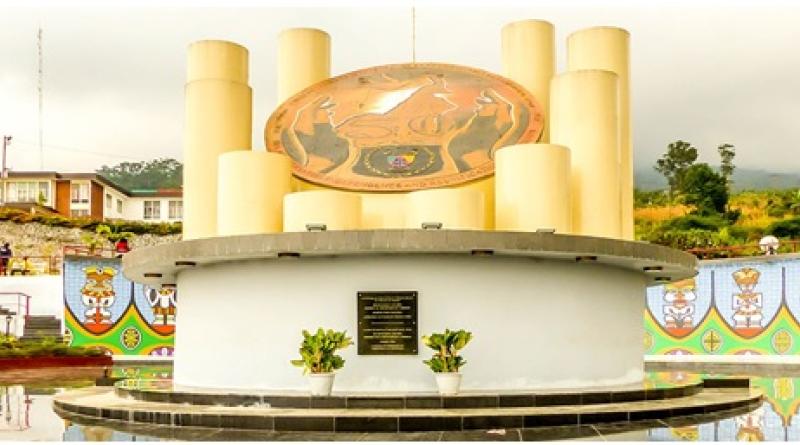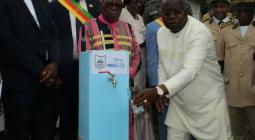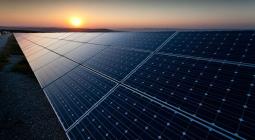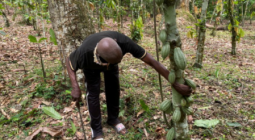RENEWABLE ENERGY POTENTIAL IN CAMEROON

Cameroon, often known as "Africa in miniature" because of its geographical, climate and cultural diversities. It is the 24th largest country of African country. Cameroon covers a surface area of 475,442 km2. Cameroon is located between 2°–13° North latitude and 8°–16° East longitude, as a consequence, it has a wide range of climatic types.
According to the Electricity Sector Regulation Agency (ARSEL) of Cameroon, the country has considerable hydroelectric resources, renewable energies and small hydrocarbons. Apart from oil, Cameroon has natural gas reserves currently estimated at about 186 billion m³. Additionally, Cameroon has the second hydroelectric potential in Sub-Saharan Africa (19.7 GW fair technical potential for energy production of 115 TWh / year). Regarding solar energy, Cameroon has an abundant and available potential, especially in the country’s northern part. But its operation remains low. The average insolation in the northern part of the country is 5.8 kWh/m² / day and in the southern part 4 kWh/m²/day. An average insolation of 4.9 kWh/m²/day is observed in the entire country. According to recent studies, the wind potential of Cameroon is significant and economically exploitable, mainly in the regions of western Cameroon and Adamawa.
The country's installed electricity generation capacity is about 1402 MW, 56.15% of which was from hydropower, 43.84% from fossil fuels (17.55% from natural gas and 26.29% from oil) and 0.01% from solar photovoltaic. More than three quarter of electricity produced were consumed by industry (57.04%) and residential (20.74%) sectors. The law governing the electricity sector in Cameroon states the following: “Renewable energy contributes to meeting the energy needs of consumers. They contribute to the protection of the environment and security of supply’’. The following are considered as renewable energies:
- Solar thermal and photovoltaic;
- Wind power;
- Exploitable Hydropower streams with power exceeding 5MW;
- Biomass energy;
- Geothermal energy;
- Energies of marine origin.
Despite the potential in renewable energy, at the end of June 2021, 9000 communities out of 13,104 still had no access to electricity. The North is the region with the highest electricity investment need. In this region, which is ranked among the poorest in Cameroon, 2008 communities out of 2694 have no access to electricity. Pending the availability of the funds needed, almost 68.7% of the Cameroonian population remains in the dark.
Cameroon aims to increase energy access by 2035. The promotion of renewable energy is an important part of Cameroon's plan to increase energy security and provide job opportunities to the country.
Marie Danielle Fendji Ph.D,
Assistant Lecturer
Department of Electrical and Electronic Engineering
Faculty of Engineering and Technology, Buea - Cameroon
Image: The Cameroon reunification monument found in the town of Buea




